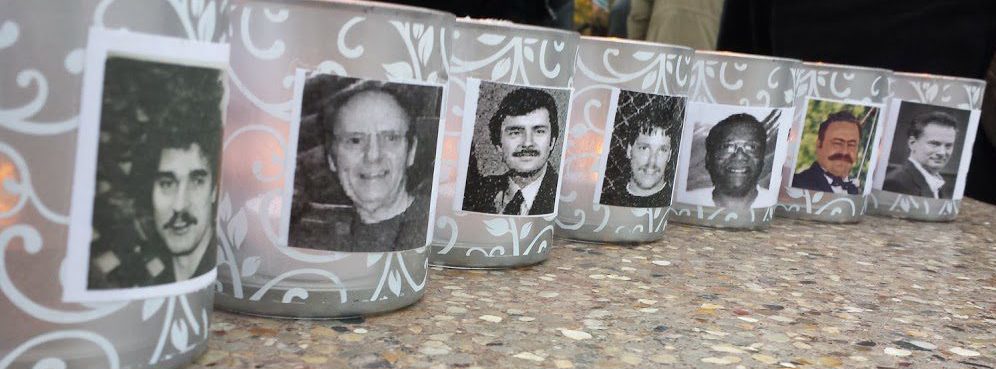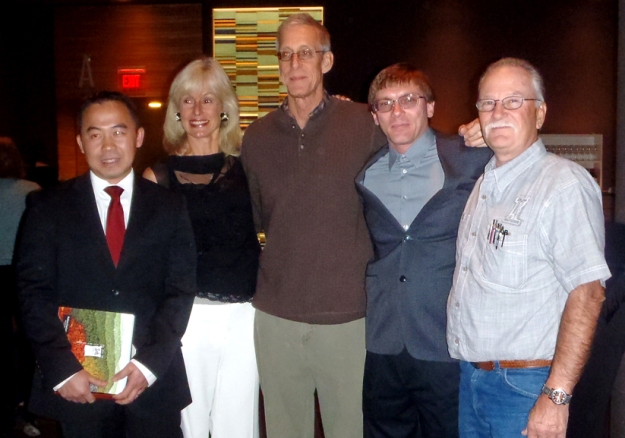John Grisham, a lawyer who practiced criminal law for about a decade is better known for his fictional stories that center on the complexities of our judicial system. In 2006 he published his first non-fiction story portraying an actual wrongful conviction case involving two friends; Ron Williamson and Dennis Fritz. The book called, The Innocent Man; Murder and Injustice in a Small Town is about a tragedy that happened in Ada, Oklahoma in 1987. I felt the book clearly characterized Grisham’s overall view of our best system in the world. From his perspective as a lawyer he talks publicly about becoming an author because of his disillusionment of the system and how, in his writings, he can easily incorporate his ideals and reassemble the efficacy of a just system. In this book Grisham writes, “If you believe that in America you are innocent until proven guilty, this book will shock you. If you believe in the death penalty, this book will disturb you. If you believe the criminal justice system is fair, this book will infuriate you.”
In 2012, my friend Shirley learned that Grisham would be the keynote speaker at a Midwest Innocence Project Benefit Dinner in Kansas City, Kansas. It was also likely that Dennis Fritz; one of the two men depicted in his book would be there selling his recent book, Journey Toward Justice. I was interested in meeting both of these men because of their involvement in the Innocence Project; an organization representing the wrongfully convicted. I quickly read both books to familiarize myself with Fritz’ story and Grisham’s connection to him. While reading I was stunned at the many similarities this case had to our Wisconsin case!
From the beginning the evidence in the case against Fritz and Williamson was non-conclusive. With no physical evidence, an overzealous prosecutor intent on winning relied on junk science, the testimony of jailhouse snitches, and circumstantial data to create the illusion of guilt. Distorted statements, questionable hair evidence, dream confessions, and other bizarre clues completed the prosecution’s circle of deception. Dennis was convicted after a swift trial. The vote of a single juror saved him from the death penalty and he was sentenced to life behind bars. But Williamson, his co-defendant, was sentenced to death. Then luck found them both when they were exonerated in 1999 with the help of the Innocence Project. Through DNA testing the real killer was identified. He had been one of the prosecution’s key witnesses.

Joan Treppa standing behind exoneree Dennis Fritz and his mother
As we walked into the reception area I saw Fritz sitting at a table with stacks of books in front of him. Next to him was a woman who we learned was his mother. She looked quite frail. The details of their story soon came flooding back.
Fritz had served twelve years for the murder and rape of a young woman named Debbie Sue Carter. His mother had done all she could to help him. Through it all she had proudly stood by her son’s claims of innocence. I was convinced that her current ailments were caused largely by this ordeal and my heart wept for her especially. As Clare, Shirley, and I introduced ourselves we were received graciously but I could not shake the shame of feeling intrusive. However, my intention to share the tragedy of five innocent men from Wisconsin compelled me to make acquaintances with Fritz and hopefully Grisham as well. My goal was to ask Grisham for help.
This mission preceded any connections with law firms and we were still desperate to find someone…anyone, who would understand that the Monfils case was flawed and that it warranted re-examination. I was in constant turmoil about having failed repeatedly and even though Clare and Shirley were with me at this event, I felt agonizingly alone in my urgency.
I asked Fritz about how we should go about meeting Grisham. He suggested we head over to the table where they’d be seated for dinner as soon as the doors to the dining hall opened. He could not guarantee much time with the author but said this would be our best window of opportunity.
While we chatted with others in the reception area, I lost track of the time and neglected to see the doors of the dining hall open. By the time I ran over to look, a crowd of people had already surrounded Grisham, Dennis and his mother. I stood there helpless…feeling defeated. I conceded that this effort was futile and that these folks were not the ones meant to help us.
Alas, persistence eventually paid off and our luck changed drastically the following year. A Minneapolis lawyer by the name of Steve Kaplan; notorious in his own right for his successful Pro Bono assistance to death row client, Damon Thibodeaux, answered our call. And after two long years of studying every last detail of the case, he began the uphill battle of representing the supposed “ring leader” in the Monfils case, Keith Kutska.










